The AnandTech Coffee Lake Review: Initial Numbers on the Core i7-8700K and Core i5-8400
by Ian Cutress on October 5, 2017 9:00 AM EST- Posted in
- CPUs
- Intel
- Core i5
- Core i7
- Core i3
- 14nm
- Coffee Lake
- 14++
- Hex-Core
- Hyperthreading
Power Consumption
For our regular readers, the topic of power consumption has been an interesting one as of late. For the most part, Intel’s consumer processors have been under their expected power consumption, but the recent Skylake-X processors seem to have put that notion out to sea, with numbers almost 20% above what is expected at full load.
The Thermal Design Power (TDP) of a processor is the capability required to adequately cool that processor - while it is not the exact power consumption, is a rough indication of how much power a processor is likely to consume. Higher cooling requirements give to a higher TDP, which naturally fit into a chip that consumes more power. Our last review of consumer processors, the Kaby Lake 7th Generation chips, showed that the Core i7-7700K consumed pretty much exactly the TDP of the chip, while the Core i5 processors came in under their TDP rating by a large margin. The Coffee Lake processors follow this trend
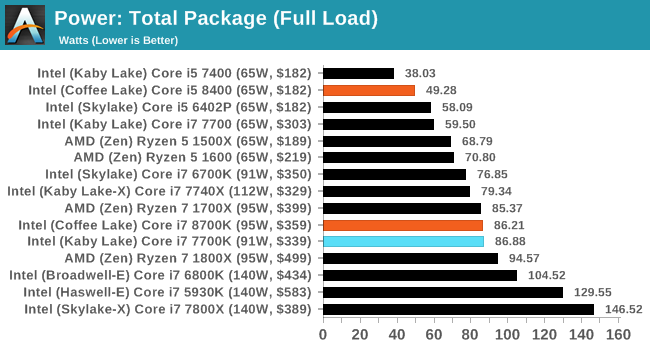
The Core i7-8700K has a TDP of 95W, but consumes 86.2W at full load, of which the cores account for 78.6W. The rest of the power is consumed mostly by the uncore and the memory controller.
The Core i5-8400 is rated at 65W, and consumes only 49.3W at full load, of which 41.7W is from the cores. That leaves 7.6W on the table for the uncore and memory controller, which is almost identical to that of the Core i7-8700K, showing the similarity in design.
Test Bed and Setup
As per our processor testing policy, we take a premium category motherboard suitable for the socket, and equip the system with a suitable amount of memory running at the manufacturer's maximum supported frequency. This is also typically run at JEDEC subtimings where possible. It is noted that some users are not keen on this policy, stating that sometimes the maximum supported frequency is quite low, or faster memory is available at a similar price, or that the JEDEC speeds can be prohibitive for performance. While these comments make sense, ultimately very few users apply memory profiles (either XMP or other) as they require interaction with the BIOS, and most users will fall back on JEDEC supported speeds - this includes home users as well as industry who might want to shave off a cent or two from the cost or stay within the margins set by the manufacturer. Where possible, we will extend out testing to include faster memory modules either at the same time as the review or a later date.
| Test Setup | |
| Processor | Intel Core i7-8700K (6C/12T, 95W, 3.8 GHz) Intel Core i5-8400 (6C/6T, 65W, 2.8 GHz) |
| Motherboards | GIGABYTE Z370 Gaming 7 |
| Cooling | Silverstone Argon AR10-115XS |
| Power Supply | Corsair AX760i PSU |
| Memory | Corsair Vengeance Pro DDR4-2666 4x8 GB |
| Video Cards | MSI GTX 1080 Gaming 8GB |
| Hard Drive | Crucial MX200 1TB |
| Optical Drive | LG GH22NS50 |
| Case | Open Test Bed |
| Operating System | Windows 10 Pro 64-bit |
Many thanks to...
We must thank the following companies for kindly providing hardware for our multiple test beds. Some of this hardware is not in this test bed specifically, but is used in other testing.
Thank you to Sapphire for providing us with several of their AMD GPUs. We met with Sapphire back at Computex 2016 and discussed a platform for our future testing on AMD GPUs with their hardware for several upcoming projects. As a result, they were able to sample us the latest silicon that AMD has to offer. At the top of the list was a pair of Sapphire Nitro R9 Fury 4GB GPUs, based on the first generation of HBM technology and AMD’s Fiji platform. As the first consumer GPU to use HDM, the R9 Fury is a key moment in graphics history, and this Nitro cards come with 3584 SPs running at 1050 MHz on the GPU with 4GB of 4096-bit HBM memory at 1000 MHz.
Further Reading: AnandTech’s Sapphire Nitro R9 Fury Review
Following the Fury, Sapphire also supplied a pair of their latest Nitro RX 480 8GB cards to represent AMD’s current performance silicon on 14nm (as of March 2017). The move to 14nm yielded significant power consumption improvements for AMD, which combined with the latest version of GCN helped bring the target of a VR-ready graphics card as close to $200 as possible. The Sapphire Nitro RX 480 8GB OC graphics card is designed to be a premium member of the RX 480 family, having a full set of 8GB of GDDR5 memory at 6 Gbps with 2304 SPs at 1208/1342 MHz engine clocks.
Further Reading: AnandTech’s AMD RX 480 Review
With the R9 Fury and RX 480 assigned to our gaming tests, Sapphire also passed on a pair of RX 460s to be used as our CPU testing cards. The amount of GPU power available can have a direct effect on CPU performance, especially if the CPU has to spend all its time dealing with the GPU display. The RX 460 is a nice card to have here, as it is powerful yet low on power consumption and does not require any additional power connectors. The Sapphire Nitro RX 460 2GB still follows on from the Nitro philosophy, and in this case is designed to provide power at a low price point. Its 896 SPs run at 1090/1216 MHz frequencies, and it is paired with 2GB of GDDR5 at an effective 7000 MHz.
We must also say thank you to MSI for providing us with their GTX 1080 Gaming X 8GB GPUs. Despite the size of AnandTech, securing high-end graphics cards for CPU gaming tests is rather difficult. MSI stepped up to the plate in good fashion and high spirits with a pair of their high-end graphics. The MSI GTX 1080 Gaming X 8GB graphics card is their premium air cooled product, sitting below the water cooled Seahawk but above the Aero and Armor versions. The card is large with twin Torx fans, a custom PCB design, Zero-Frozr technology, enhanced PWM and a big backplate to assist with cooling. The card uses a GP104-400 silicon die from a 16nm TSMC process, contains 2560 CUDA cores, and can run up to 1847 MHz in OC mode (or 1607-1733 MHz in Silent mode). The memory interface is 8GB of GDDR5X, running at 10010 MHz. For a good amount of time, the GTX 1080 was the card at the king of the hill.
Further Reading: AnandTech’s NVIDIA GTX 1080 Founders Edition Review
Thank you to ASUS for providing us with their GTX 1060 6GB Strix GPU. To complete the high/low cases for both AMD and NVIDIA GPUs, we looked towards the GTX 1060 6GB cards to balance price and performance while giving a hefty crack at >1080p gaming in a single graphics card. ASUS lended a hand here, supplying a Strix variant of the GTX 1060. This card is even longer than our GTX 1080, with three fans and LEDs crammed under the hood. STRIX is now ASUS’ lower cost gaming brand behind ROG, and the Strix 1060 sits at nearly half a 1080, with 1280 CUDA cores but running at 1506 MHz base frequency up to 1746 MHz in OC mode. The 6 GB of GDDR5 runs at a healthy 8008 MHz across a 192-bit memory interface.
Further Reading: AnandTech’s ASUS GTX 1060 6GB STRIX Review
Thank you to Crucial for providing us with MX200 SSDs. Crucial stepped up to the plate as our benchmark list grows larger with newer benchmarks and titles, and the 1TB MX200 units are strong performers. Based on Marvell's 88SS9189 controller and using Micron's 16nm 128Gbit MLC flash, these are 7mm high, 2.5-inch drives rated for 100K random read IOPs and 555/500 MB/s sequential read and write speeds. The 1TB models we are using here support TCG Opal 2.0 and IEEE-1667 (eDrive) encryption and have a 320TB rated endurance with a three-year warranty.
Further Reading: AnandTech's Crucial MX200 (250 GB, 500 GB & 1TB) Review
Thank you to Corsair for providing us with an AX860i PSU. The AX860i commands a 860W rating at 50C with 80 PLUS certification. This allows for a minimum 89-92% efficiency at 115V and 90-94% at 230V. The AX860i is completely modular, running the larger 200mm design, with a dual ball bearing 140mm fan to assist high-performance use. The AX860i is designed to be a workhorse, with plenty of PCIe connectors for suitable GPU setups. The AX860i also comes with a Zero RPM mode for the fan, which due to the design allows the fan to be switched off when the power supply is under 30% load.
Further Reading: AnandTech's Corsair AX1500i Power Supply Review
Thank you to G.Skill for providing us with memory. G.Skill has been a long-time supporter of AnandTech over the years, for testing beyond our CPU and motherboard memory reviews. We've reported on their high capacity and high-frequency kits, and every year at Computex G.Skill holds a world overclocking tournament with liquid nitrogen right on the show floor.
Further Reading: AnandTech's Memory Scaling on Haswell Review, with G.Skill DDR3-3000


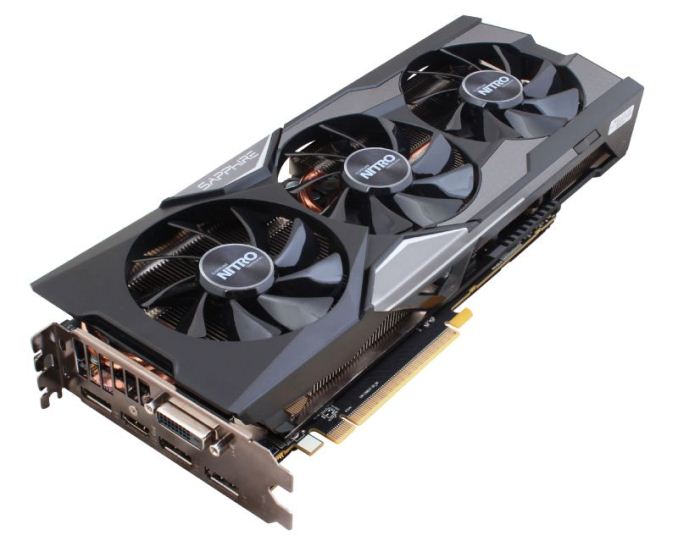
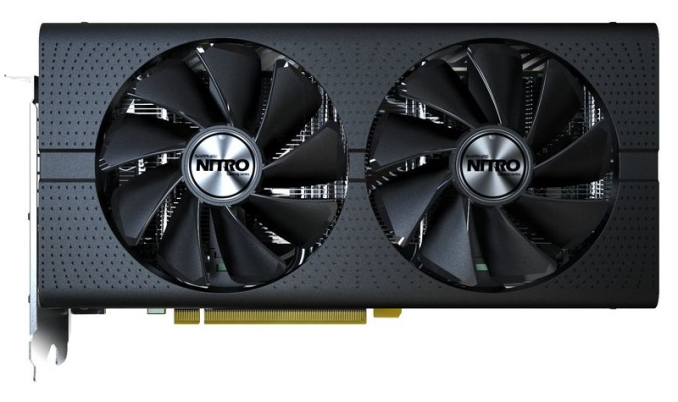
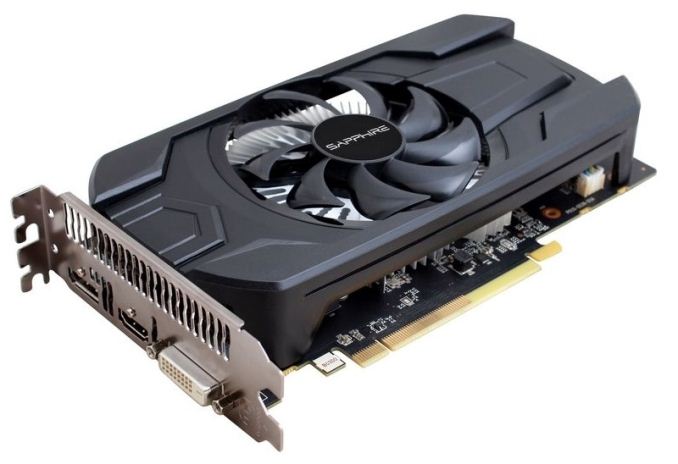
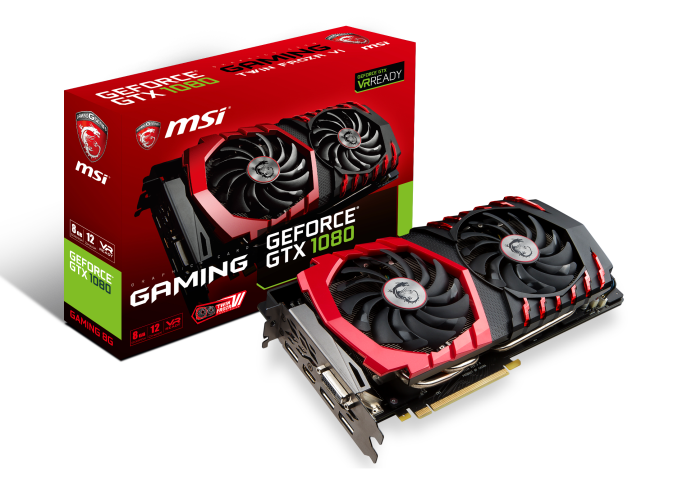
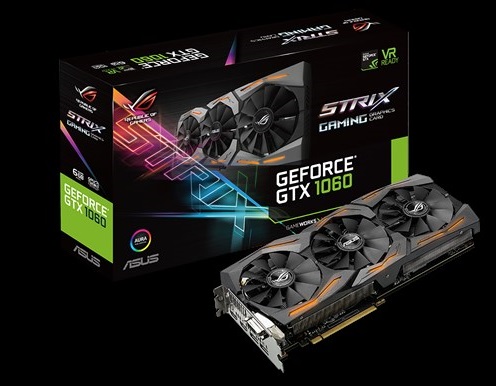

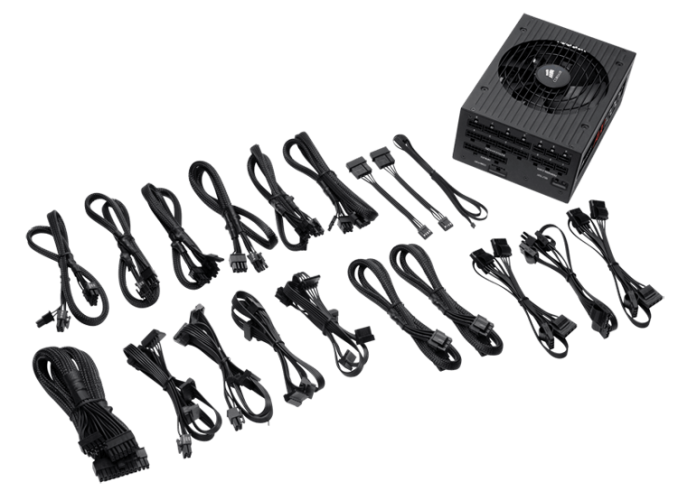
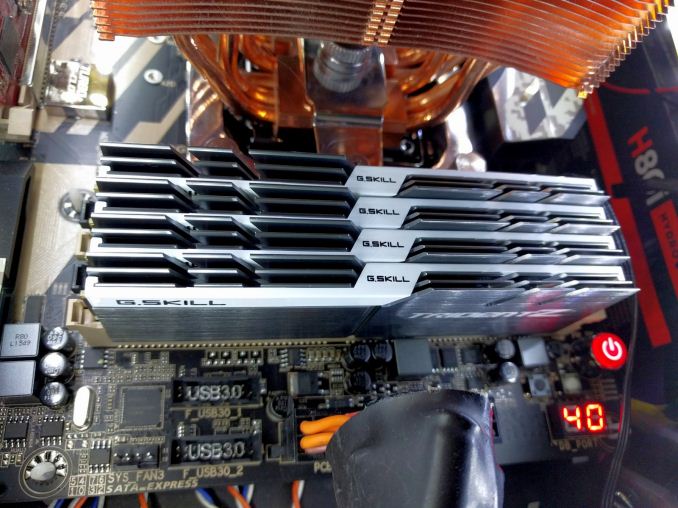








222 Comments
View All Comments
FireSnake - Thursday, October 5, 2017 - link
Awesome revies! Let's read...prisonerX - Thursday, October 5, 2017 - link
No need, here is a quick summary: "Intel blind panic."StevoLincolnite - Thursday, October 5, 2017 - link
At-least they have finally soundly beat my 3930K in the mainstream after 6 years.Still. No point me upgrading just yet.
mapesdhs - Friday, October 6, 2017 - link
Even then there's an interesting option if you want threaded performance; I just upgraded to a XEON E5-2680 v2 (IB-EP) for 165 UKP. Lower 1T speed for sure, but MT should be the same or better as a 3930K @ 4.8. No oc means more stable, less heat/noise/power, and being IB-based means it ups the slots to PCIe 3.0. Not a relevant choice for gaming, but a possibility for those doing VMs, rendering, etc., and just want to get by for a little while longer.Breit - Friday, October 6, 2017 - link
OR search for an XEON E5-1680v2... :)It's an Ivy Bridge-E 8c/16t chip that will fit in Sandy Bridge-E mainboards (x79) and has an unlocked multiplier opposed to this E5-2680v2. So with this you won't lose your overclocking ability.
But in the end, I guess that the greatly reduced power draw and the more "modern" platform from an i7-8700K system compared to the x79 platform will give it the edge here.
mapesdhs - Monday, October 9, 2017 - link
Very interesting that the 1680 v2 is unlocked, I didn't know that.Alas though, availability of the 1680 v2 is basically zero, whereas the 2680 v2 is very easy to find, and the cost of 1680 v2s which are available (outside the UK) is extremely high (typical BIN of 600 UKP, normal auction start price of 350 UKP, completed listings only shown for BIN items which were purchased for between 500 and 600 UKP). By contrast, I bought several 2680 v2s for 165 UKP each. Testing on a P9X79 WS (all-core turbo of 3.1) gives a very impressive 15.44 for CB 11.5, and 1381 for CB R15 which is faster than a stock 8700K (for reference, the 1680 v2 scores 1230 for CB R15). Note the following page on AT has a very handy summary of all the turbo bin levels:
https://www.anandtech.com/show/7852/intel-xeon-e52...
So, I'm very pleased with the 2680 v2 purchase, it's faster than my 3930K @ 4.8, runs with very low temps, much lower power draw, hence less heat, less fan noise and since it's not oc'd it'll be solidly reliable (this particular test system will eventually be in an office in India, so power/heat/reliability is critical). For the target systems in question, it's a great solution. Only thing I noticed so far is it didn't like me trying to set a 2133 RAM speed, but it worked ok at 1866; I can probably tighten the timings instead, currently just at 9/11/10/28/2T (GSkill 32GB kit, 8x4GB).
The 4930K I have though will go into my gaming system (R4E), since I don't mind the oc'ing fun, higher noise, etc., but it's not a system I'll use for converting video, for that I have a 6850K.
Ian.
MrSpadge - Friday, October 6, 2017 - link
Full throttle: yes. Panic: no. Blind: no.Zingam - Saturday, October 7, 2017 - link
Can you buy it? No? Paper launch of Unobtanium 8000? -> panic, PR propaganda bullshit and dirty Intel marketing tactics as usual targeted at lamer fanboys.This comment is written by an Intel user! ;)
prisonerX - Saturday, October 7, 2017 - link
We've got enough dumb Intel apologists here already, thanks.coolhardware - Sunday, October 8, 2017 - link
The i7-8700 is *finally* going to replace my trusty i5-2500K.Ordered my 8700 on Amazon http://amzn.to/2y9IamG ($319) and looking forward to a nice upgrade :-) That is a lot of CPU for the money IMHO.
Kudos to AMD for bringing competition back to the CPU market!